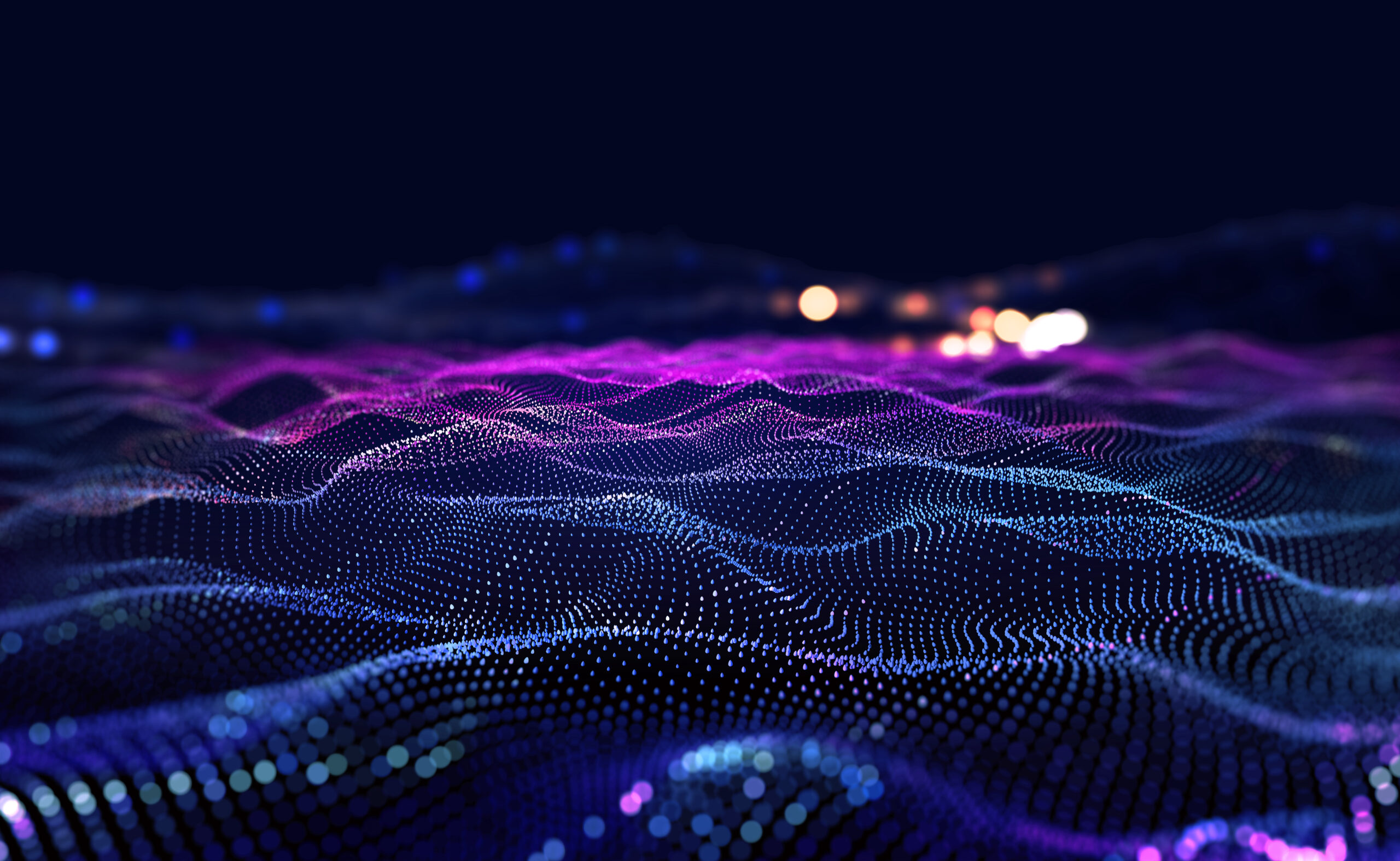Photonic computing with polarization
Researchers at the University of Oxford and the University of Exeter developed a method that uses the polarization of light to maximize information storage density and computing performance using nanowires.
The researchers point out that the different polarizations of light do not interact with each other, allowing each to be used as an independent information channel. “We all know that the advantage of photonics over electronics is that light is faster and works at higher bandwidths. Therefore, our goal was to take full advantage of photonics by combining it with tunable material to perform faster and denser information processing,” said June Sang Lee, Ph.D. student in Philosophy in the Department of Materials at the University of Oxford.
They developed a hybridized active dielectric (HAD) nanowire using a hybrid glassy material that exhibits changeable material properties upon illumination of optical pulses. Each nanowire shows selective responses to a specific polarization direction, so information can be processed simultaneously using multiple polarizations in different directions. They said the new photonic design could be more than 300 times faster and denser than current electronic chips.
“This is just the beginning of what we would like to see in the future, which is the exploitation of all the degrees of freedom that light offers, including polarization to dramatically parallelize information processing. Definitely early-stage work – our rate estimates still need research to verify experimentally, but super exciting ideas combining electronics, nonlinear materials and computing,” said Harish Bhaskaran, Professor of Applied Nanomaterials at the University of Oxford.
Harvesting energy from multiple sources
Scientists at Singapore’s Nanyang Technological University (NTU Singapore) developed a elastic and waterproof fabric It converts the energy generated by body movements into electrical energy.
While many energy-harvesting devices capture piezoelectric energy (when a material is pressed or crushed) or triboelectric energy (when a material encounters friction with another material), the new fabric can make use of both.
A key component of the fabric is a polymer that, when pressed or squeezed, converts mechanical stress into electrical energy. It’s also made with stretch spandex as a base layer and integrated with a rubber-like material to keep it strong, flexible and waterproof.
A proof-of-concept experiment showed that a 3cm by 4cm piece of cloth generated enough electrical power to power 100 LEDs, or 2.34 watts per square meter of electricity. Washing, folding, and wrinkling the fabric did not cause any performance degradation, and it was able to maintain stable electrical output for up to five months.
Lee Pooi See, a materials scientist and associate adjunct professor at NTU, said: “There have been many attempts to develop fabrics or garments that can harvest energy from movement, but a big challenge has been to develop something that does not degrade in function after being washed. , and at the same time retains excellent electrical output. In our study, we show that our prototype still works well after washing and wrinkling. We think it could be woven into T-shirts or integrated into shoe soles to harvest energy from the body’s smallest movements, channeling electricity to mobile devices.”
Lee continued, “Despite improved battery capacity and reduced power demand, power supplies for portable devices still require frequent battery replacement. Our results show that our prototype energy-harvesting fabric can harness vibrational energy from a human to potentially extend the life of a battery or even to build self-powered systems. To our knowledge, this is the first perovskite-based hybrid power device that is stable, stretchable, breathable, waterproof, and at the same time capable of delivering outstanding electrical output performance.”
elastic screens
Researchers from Stanford University, Lawrence Berkeley National Laboratory, and the University of Southern Mississippi propose a way to make extendable color screens.
Zhitao Zhang, a postdoctoral fellow at Stanford, found a yellow-colored light-emitting polymer called SuperYellow that became soft and flexible and also gave off a brighter light when mixed with a type of elastic plastic polyurethane. “If we add polyurethane, we see nanostructures in the form of SuperYellow. These nanostructures are really important. They make the brittle polymer stretch, and they make the polymer emit brighter light because the nanostructures are connected like a fishing net.”
The group then created elastic red, green, and blue light-emitting polymers.
Combining the different materials was a challenge. Zhenan Bao, a chemical engineer and professor at the Stanford School of Engineering, said of the combination of materials: “Electronically, they have to match each other to give us high brightness. But then they must also have equally good mechanical properties to allow the screen to stretch. And finally, for manufacturing, Zhitao had to find a way to stack the layers so that the process wouldn’t degrade the gloss.”
The final screen contains seven layers. Two outer layers are substrates that encapsulate the device. Moving inward are two layers of electrodes, each followed by charge transport layers. Finally, the light-emitting layer is in the center.
When electricity passes through the screen, one electrode injects positive charges into the light-emitting layer while the other injects negatively charged electrons. When the two types of charges meet, they come together and enter a state of energetic excitation. Almost immediately after, the state returns to normal by producing a photon.
The team said the resulting polymer film can be adhered to an arm or finger and does not tear when bent or flexed. One application would be wearable trackers that have their screen attached directly to the skin.
